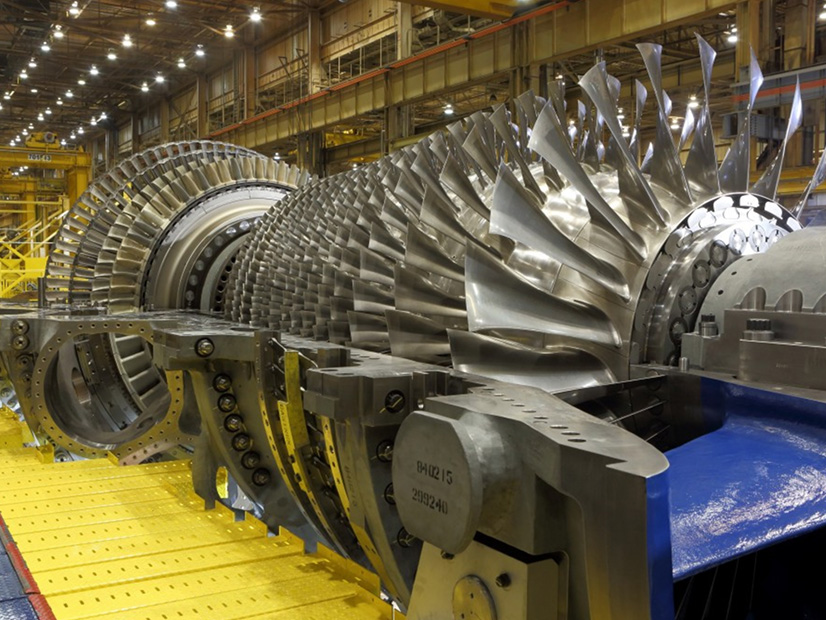NYISO on Oct. 16 presented its updated modeling for combined-cycle gas turbines that employ duct firing to produce additional electricity and advanced a motion to recommend that the Management Committee revise the tariff in accordance with the model.
Stakeholders were unhappy that NYISO did not factor multiple “ramp rates” into its model, which they fear could result in improperly applied penalties for over- or under-generating in response to dispatch. NYISO had included multiple ramp rates in its original considerations but dropped them during model development.
“Generators should not have to waste a lot of time and expense fighting an improperly applied penalty that results from … NYISO not recognizing the ramp rate that a generator has already given the ISO,” said stakeholder representative Mark Younger of Hudson Energy Economics.
“Let me be clear upfront: I have no assurances that resources that are dispatched in their duct from a less-than-feasible ramp rate reflection will not be subject to penalties,” said Shaun Johnson, director of market design for NYISO. “I will point out that there are some wrappers around those penalties that make it less likely.”
“I totally agree it’s less likely,” Younger said. “The problem I’m having is that it’s totally inappropriate if it ever happens.”
When the motion was raised, the New York Power Authority seconded but encouraged NYISO to figure out a way to satisfy the concerns. Younger voted in opposition, noting that the dropped multiple ramp rates was effectively “moving the goalposts” to say the project had been completed, when it hadn’t.
East Coast Power and two other stakeholders abstained from the vote. The overall motion passed with a “vote by exception.”
Background
NYISO has been working since 2022 to improve modeling it uses to better accommodate combined-cycle gas turbine generators equipped with duct firing. Current models don’t account for the additional power generated by plants that use the technology.
Combined-cycle gas turbines burn gas to spin combustion turbines. Exhaust gas is directed to a heat recovery steam generator to pressurize steam and generate power in a steam turbine. Plants with duct burners may burn additional fuel to heat the exhaust gas, which can help maintain the generation of the heat recovery steam generator.
In 2020, according to the U.S. Energy Information Administration, about 75% of the U.S. combined cycle plant capacity used duct burners. In New York, about 79% of the power generated from natural gas plants came from plants with duct burners.
Johnson said the tariff revisions represented an incremental improvement in the way NYISO models ramp rates for duct firing combined-cycle plants.
“It doesn’t address all scenarios, and we need to keep working on that,” Johnson said. “I understand your frustration that not all scenarios were fixed, but this is an improvement, and we want to proceed forward with the incremental improvement where we continue to work on future improvements.”



